Looking for the best travel camera you can buy? As travel restrictions start to ease in certain countries, you might be considering a holiday. And you might also be thinking about the best way to capture your vacation. Good news: we’ve thoroughly tested the best cameras for every type of traveller, so you’re sure to find something suitable in the comprehensive list below.
Whether you’re planning a relaxed staycation or jetting off somewhere sunny, there’s plenty to consider when picking your perfect travel camera. Finding the right model means thinking about where you’re going, what you’ll be capturing and how you like to shoot. If your travels will take you somewhere wild, for example, you’ll probably want the option of a long zoom lens. Shooting from the hip on a city break? A big sensor and fast lens make more sense.
Another important factor is whether you’ll be sticking to stills or if you’d also like to record videos. Likewise, if you’re keen to quickly share your latest shots on social media, you’ll want a camera with good connectivity.
Smartphones are impressive portable photography tools, and modern mobiles are incredibly capable. But the best travel cameras offer better manual control, more comfortable handling and superior image quality – especially if you’re planning to print your souvenir snaps.
And while a bulky DSLR or mirrorless camera might be too much hassle to pack, a long zoom premium compact promises the ideal blend of portability and versatility – unless you want something even more pocketable. Whatever your preferences, our pick of the very best travel cameras won’t weigh you down.
From our extensive testing, we’ve selected a range of models with specs that will outclass your smartphone – think large sensors, broad zoom ranges and 4K video capture – yet won’t require their own check-in bag.
Our current pick for the best travel camera is the Panasonic TZ200 – it's a compact travel zoom that remains the best in its class. But we've also included slightly larger options, like the Sony A6100 and Nikon Z50, for those who want to step up their image quality without needing a full-size camera bag.
So, whether you want a capable compact to stick in your carry-on or something bigger for superior holiday snaps, we’ve got you covered for your next getaway.
Best travel camera 2020 at a glance:
- Panasonic Lumix ZS200 / TZ200
- Olympus OM-D E-M5 Mark III
- Canon G5X Mark II
- Sony Cybershot RX100 VII
- Sony A6100
- Fujifilm X-T30
- Nikon Z50
- Sony Cybershot RX10 IV
- Fujifilm X100V
- Panasonic G100
- Sony ZV-1
- Fujifilm X-T200

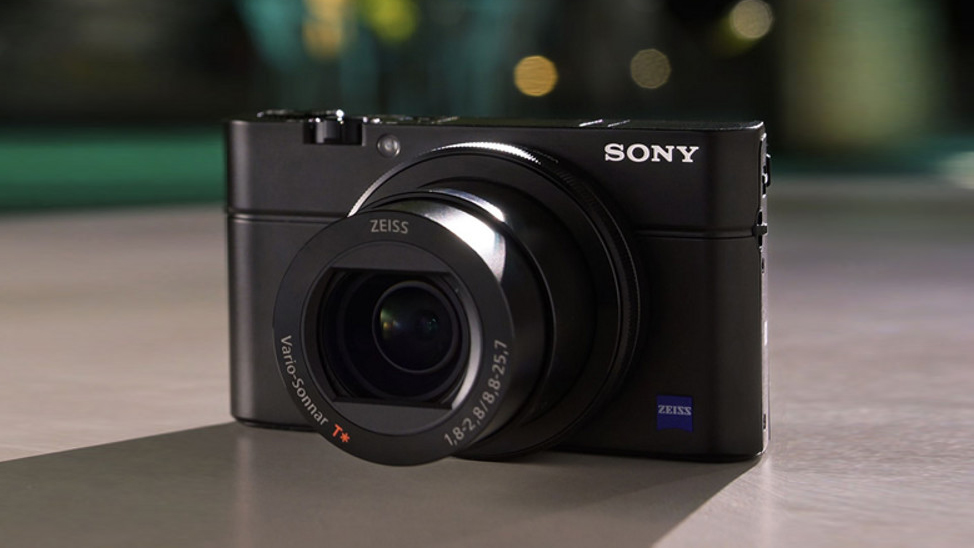
Great value option: Sony Cyber-shot RX100 III
It's getting on a bit, but this RX100 model still packs a punch
Sensor: 1-inch type, 20.1MP | Lens: 24-70mm, f/1.8-2.8 | Monitor: 3.0-inch tilt-angle screen, 1,229K dots | Viewfinder: EVF | Continuous shooting: 10fps | Movies: 4K | User level: Beginner/Intermediate
Before we take a look at our best travel camera list, we wanted to highlight an alternative that is a few generations old but still packs a punch. The RX100 III from Sony is a couple of years old now and was originally selling for near $1,000/£1,000, but with the arrival of newer models (including the RX100 VII below), it's dropped massively in price. Downsides? Well, the zoom is pretty short compared to other rivals here, but otherwise there's a lot to like. There's a decent 20.1MP 1-inch sensor, a pop-up electronic viewfinder and 4K video recording, while it's packaged in a premium, metal body. Definitely worth a look if the zoom range isn't your main concern.
- Read our in-depth Sony Cyber-shot RX100 III review

Best travel camera in 2020:
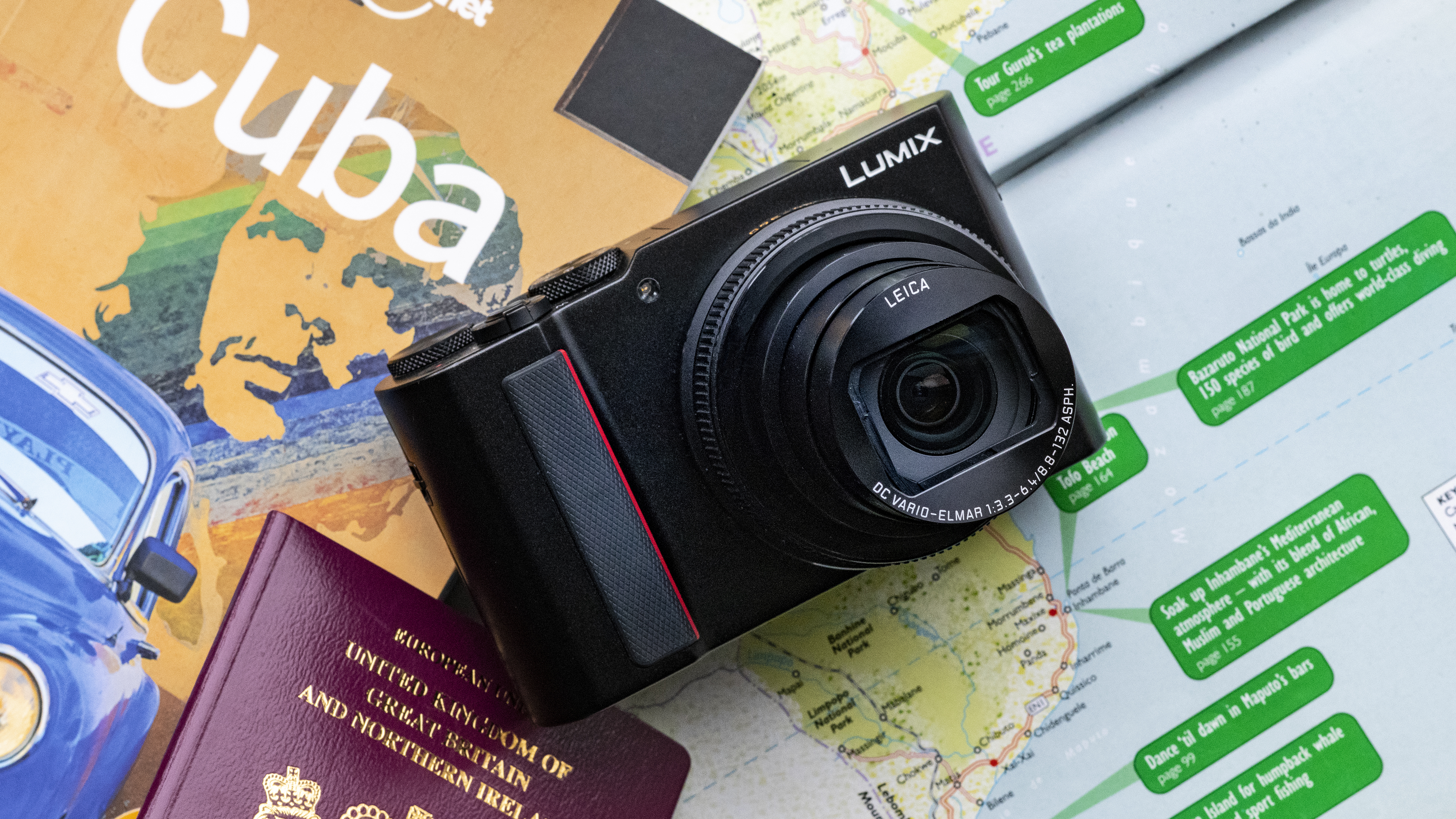
1. Panasonic Lumix ZS200 / TZ200
The best travel zoom camera you can buy right now
Sensor: 1-inch type, 20.1MP | Lens: 24-360mm, f/3.3-6.4 | Monitor: 3.0-inch touchscreen, 1,240K dots | Viewfinder: EVF | Continuous shooting: 10fps | Movies: 4K | User level: Beginner/Intermediate
With the rise of high-end compacts like the excellent Sony Cyber-shot RX100 V stealing the thunder from compact travel zooms, Panasonic's response has been to keep the camera body about the same size as its earlier ZS/TZ-series cameras but to squeeze in a much larger sensor. We saw this with the Lumix ZS100 (known as the Lumix TZ100 outside the US), and Panasonic has continued this with the newer Lumix ZS200 / TZ200. This physically larger 1in sensor enables much better image quality than would otherwise be the case, but the slight downside is that the zoom range from the lens isn't quite as extensive as some others with smaller sensors. That said, The ZS200 / TZ200 still sports a very versatile 15x zoom, while there's also a handy built-in electronic viewfinder, which makes it easier to compose images in bright light. It's a bit pricey, but this is still the best travel zoom compact camera available right now.
- Read our in-depth Panasonic Lumix ZS200 / TZ200 review

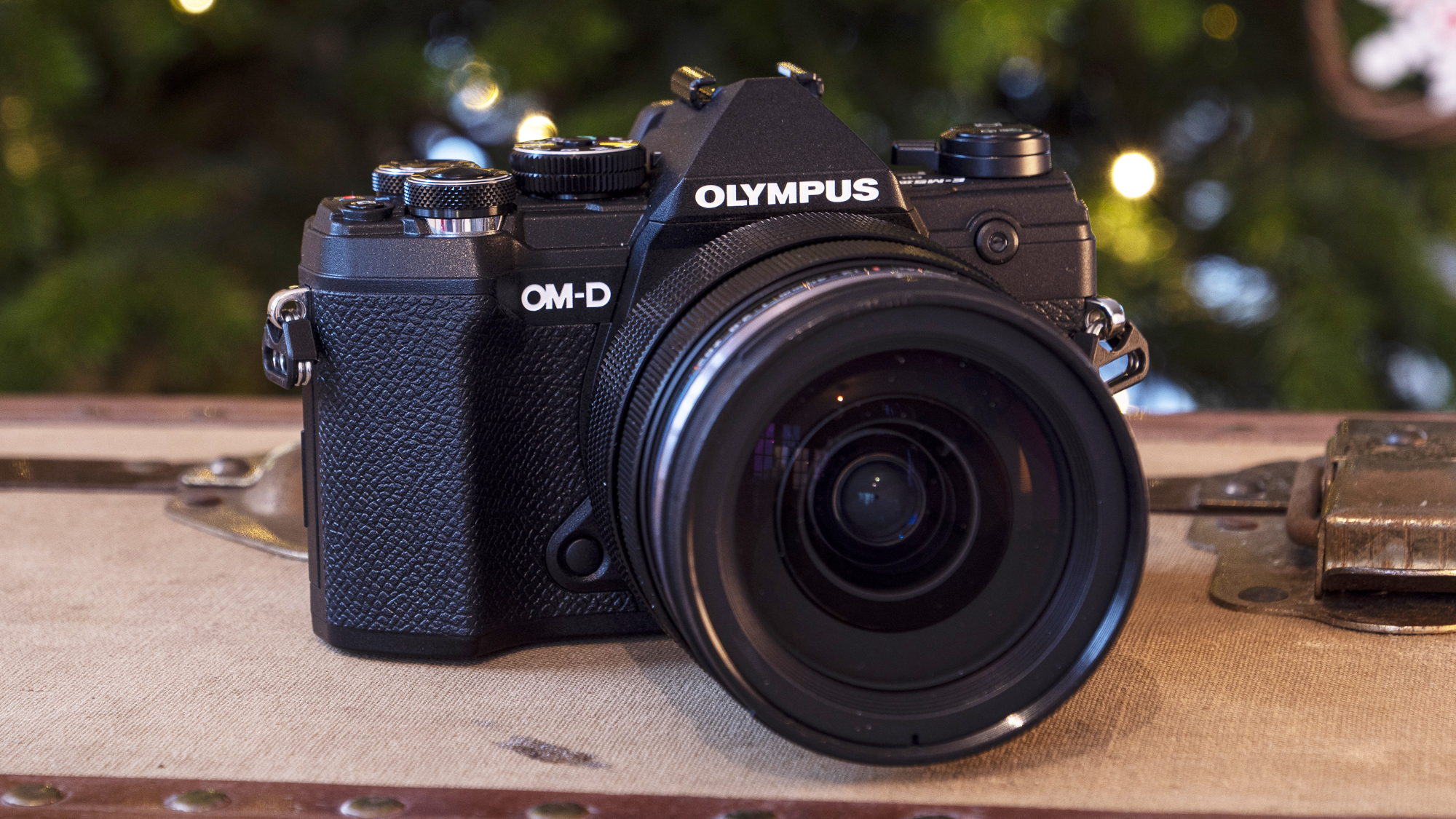
2. Olympus OM-D E-M5 Mark III
Compact yet capable – arguably the ultimate travel package
Sensor: Four Thirds, 20.4MP | Lens: N/A | Monitor: 3-inch vari-angle touchscreen, 1,040,000 dots | Viewfinder: 2.36M-dot OLED EVF | Continuous shooting: 30fps | Movies: 4K | User level: Intermediate
Compact, versatile, capable – pick any two and you’ve got a good travel camera. The Olympus OM-D E-M5 Mark III is all three, and then some. Its weatherproof polycarbonate shell is small and light, yet handles wonderfully. It offers on-the-go photographers a raft of modes and features that guarantee great holiday snaps. And the combination of a powerful image processor, on-chip phase detection autofocus and some of the best image stabilization skills around make it an incredibly capable piece of kit to shoot with as you move. Yes, its outright image quality can’t match larger formats in trickier conditions – low-light, for example – but you’ll struggle to find a travel camera that can tick so many other boxes. Add 4K video into the mix for those roaming vlogs and you’ve got a mirrorless camera that deserves a spot in your carry-on.
- Read our in-depth Olympus OM-D E-M5 Mark III review

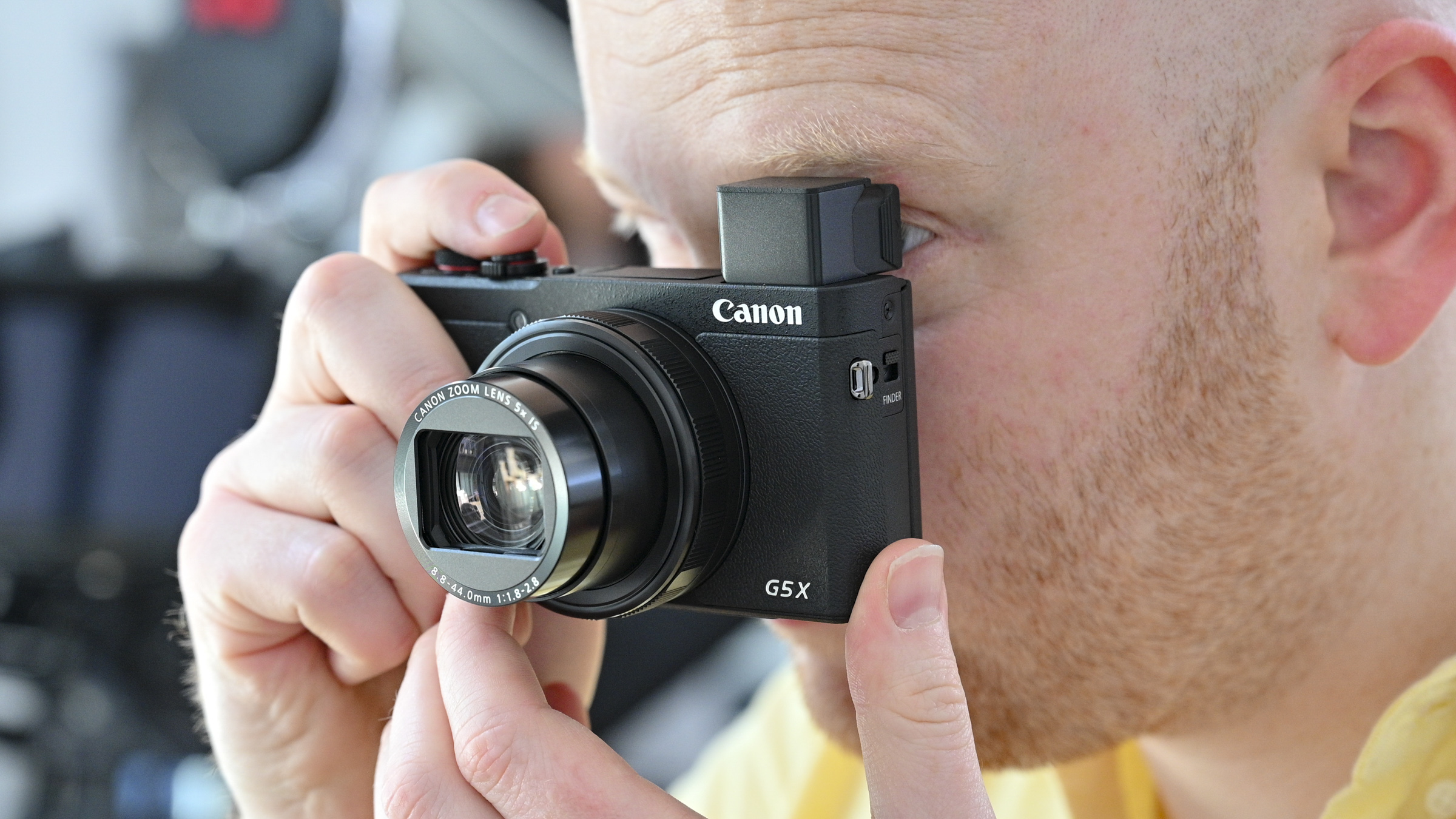
3. Canon Powershot G5 X Mark II
This great all-rounder could be the perfect enthusiast compact
Sensor: 1-inch type, 20.1MP | Lens: 24-120mm, f/1.8-2.8 | Monitor: 3.0-inch touchscreen, 1,040K dots | Viewfinder: EVF | Continuous shooting: 20fps | Movies: 4K | User level: Beginner/Intermediate
What the G5X Mark II loses in zoom, it makes up for in other areas. With a wide maximum aperture throughout the focal length, this is a camera which is well-suited to a wide range of lighting conditions. Besides which, having up to 120mm (in 35mm terms) available is still pretty flexible. Elsewhere, there's a high-performing 1-inch sensor, great 4K videos and a pop-up electronic viewfinder which pairs well with the tilting LCD screen. There are undoubtedly more advanced cameras on the market, but not many combine a good range of features like this in one competitively-priced package.
- Read our in-depth Canon Powershot G5 X Mark II

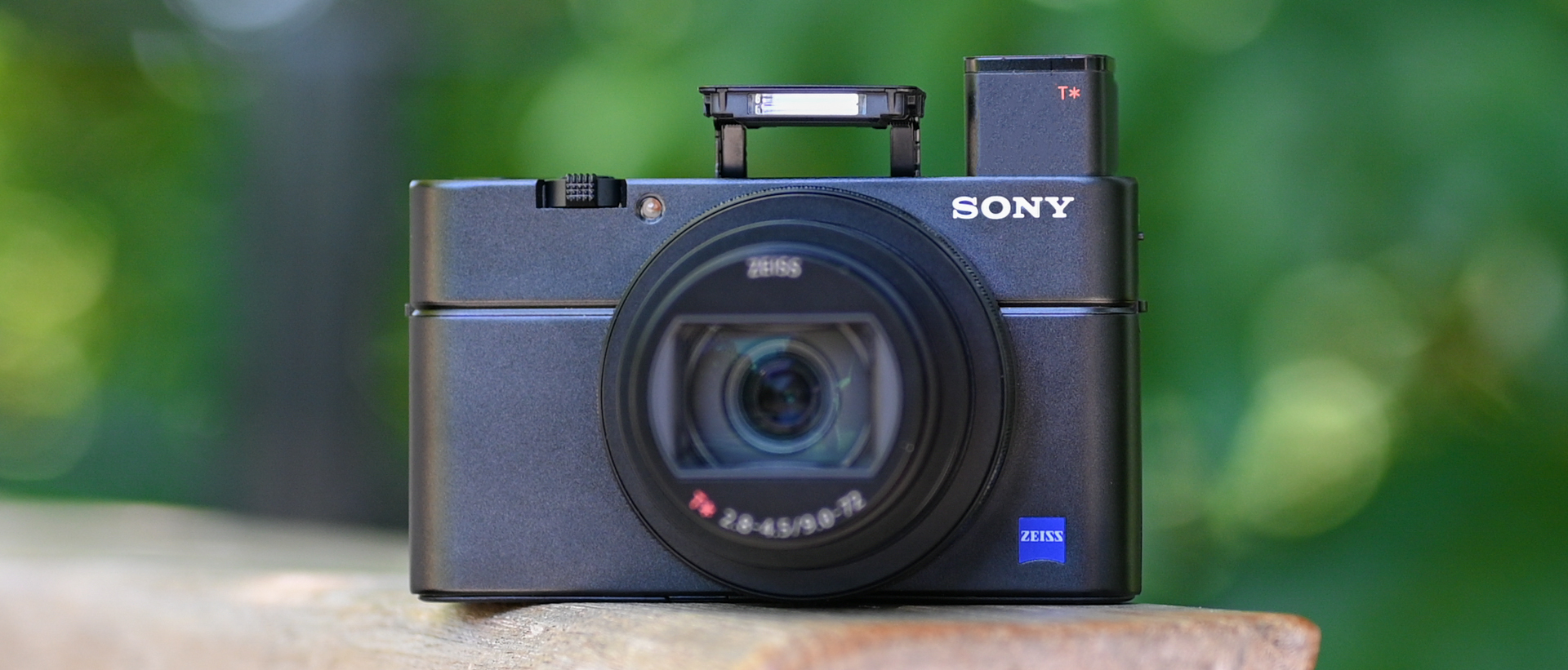
4. Sony Cyber-shot RX100 VII
Sony's pocket powerhouse gets another upgrade
Sensor: 1-inch type, 20.1MP | Lens: 24-200mm, f/2.8-4.5 | Monitor: 3.0-inch tilt-angle touchscreen, 921K dots | Viewfinder: EVF | Continuous shooting: 90fps | Movies: 4K | User level: Intermediate
Sony revolutionized premium compact cameras with the original RX100 as it was the first pocket-sized camera to feature a large 1.0-inch sensor. They were always great for travel, but thanks to a relatively limited zoom lens, were perhaps sometimes overlooked in favour of other models. Things changed when we got to the RX100 VI, which paired a much longer lens than ever before - and now we've seen some refinement of the model for the latest, the RX100 VII. The sacrifice for making the lens longer is losing the super wide aperture of previous generations, but if you're mainly going to be shooting in sunny climes, it may not be such a big deal. There's also a heck of a lot of power under the hood of the RX100 VII. It houses features that you might not ever use, such as a ridiculous 90fps burst mode, as well as those that are more commonplace, such as 4K video. The big downside of this model is its super-high asking price, but if you want the best of the best for your travels - it could just be the one for you. If your budget doesn't quite stretch to the asking price of the RX100 VII, take a look at older models throughout the range for better prices.
- Read our in-depth Sony Cyber-shot RX100 VII review

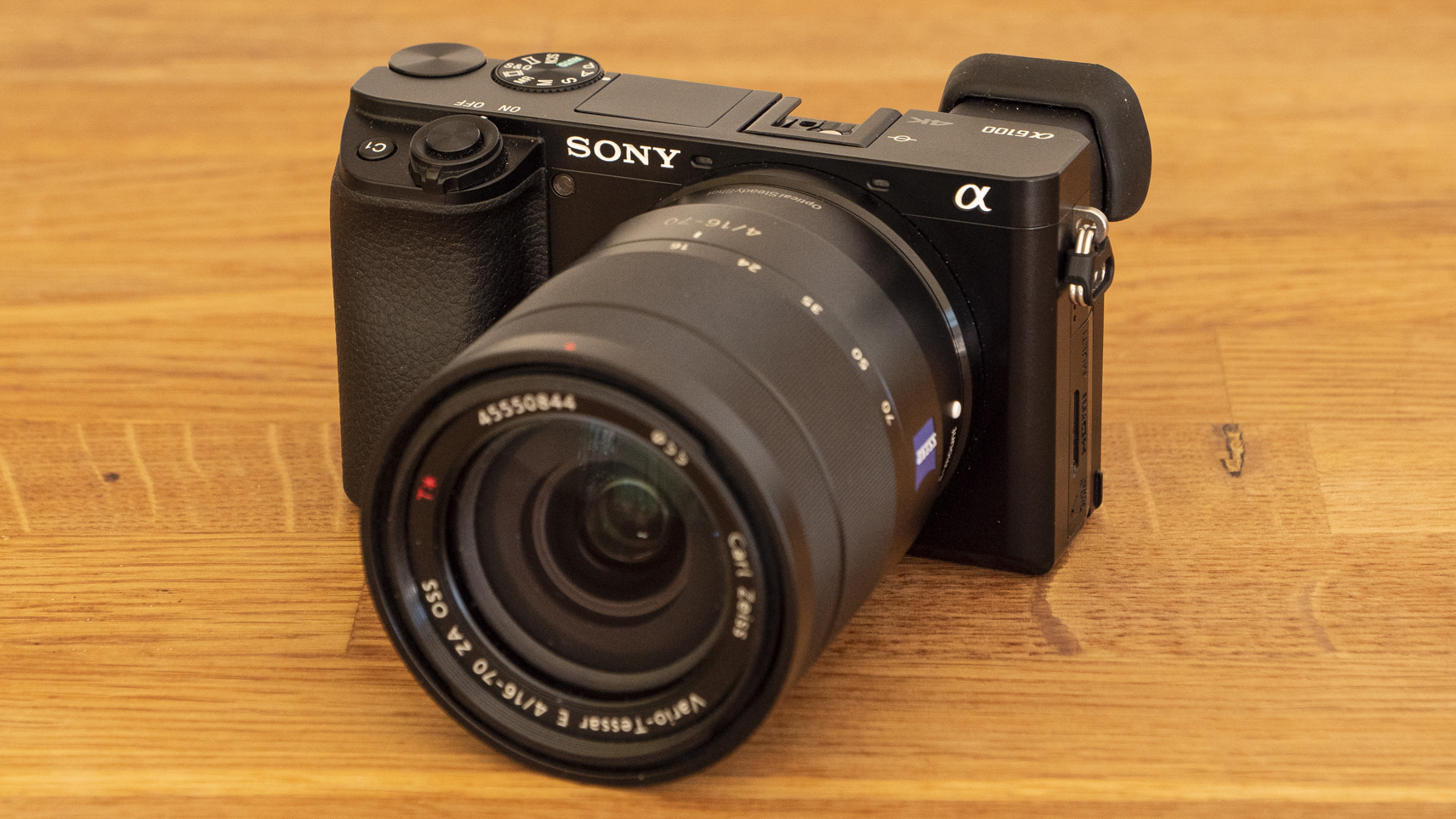
5. Sony A6100
A compact yet capable mirrorless camera with plenty of jet-set skills
Sensor: APS-C CMOS, 24.2MP | Lens: N/A | Monitor: 2.95-inch tilt-angle screen, 921,600 dots | Viewfinder: EVF | Continuous shooting: 11fps | Movies: 4K | User level: Beginner
If you don't mind carrying something slightly larger than a pocket camera on your travels, the Sony A6100 arguably offers the best balance of size, shooting power and value right now. It isn't without its flaws, but it does tick most boxes for globetrotting photographers. Despite its compact size, this entry-level mirrorless camera offers a fleet of useful features – from customizable buttons and a microphone input to the flip-up touchscreen that, though limited in functionality, is ideal for framing far-flung selfies. Paired with a good lens, the 24.2MP sensor serves up decent images with plenty of detail, while the AF system – shared with the flagship A6600 – ensures reliably sharp focus and excellent continuous tracking, even on the move. The A6100 can capture 4K footage at 30fps, too, though there’s no IBIS when shooting travel vlogs. Battery life is also pretty solid, as is the Wi-Fi, which works well with the partner app for rapid sharing of holiday snaps. Less impressive are the relatively low-res EVF & LCD and the Auto ISO, which can struggle with quick-moving subjects – so it’s best to go full manual for street action shots. It’s not perfect, then, but the A6100 comes close to travel perfection, offering good value, strong specs and a satchel-friendly form.
- Read our in-depth Sony A6100 review

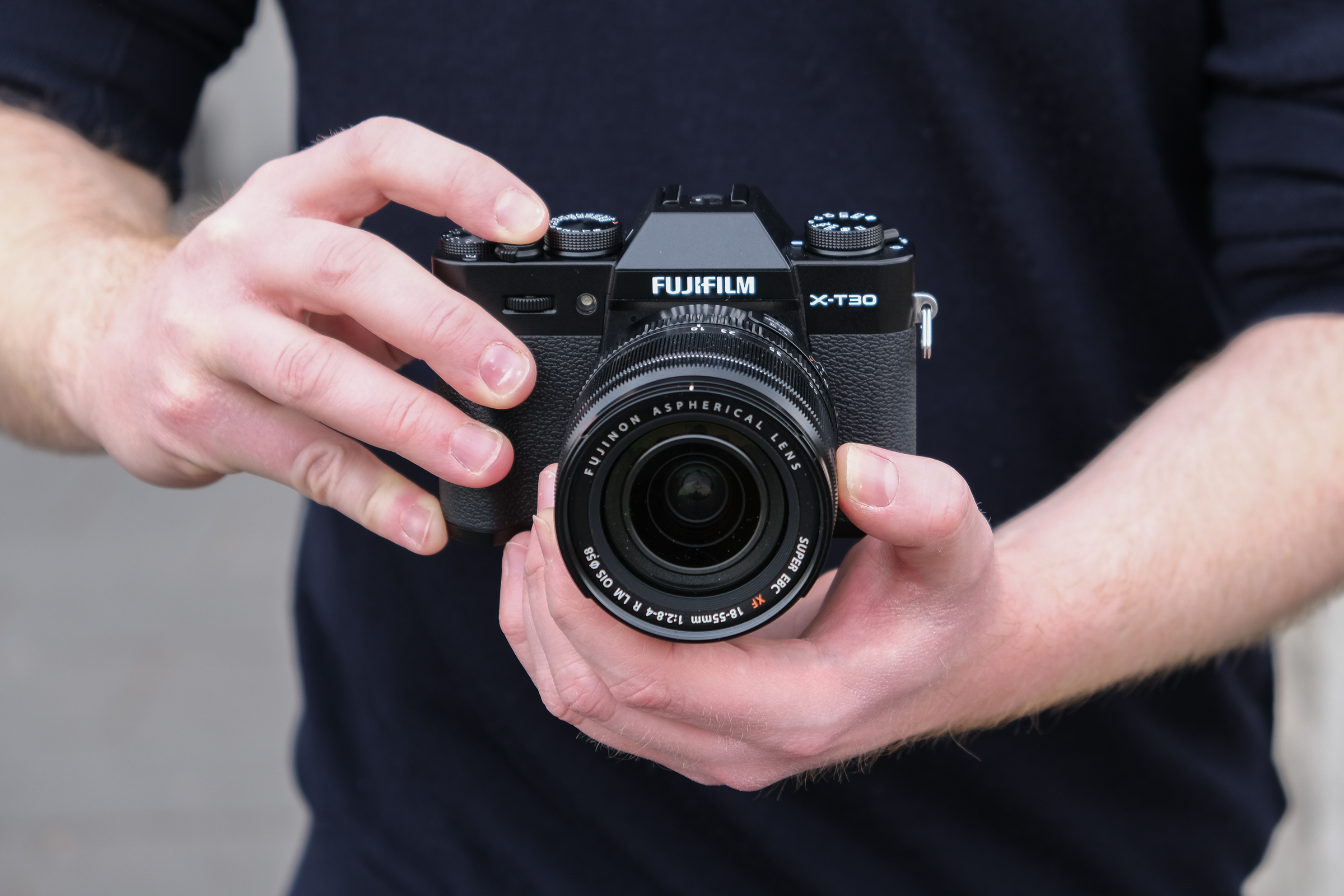
6. Fujifilm X-T30
A super-stylish compact system camera that's ideal for travelling
Sensor: APS-C, 26.1MP | Lens Mount: X Mount | Monitor: 3.0-inch tilt-ange touchscreen, 1040K dots | Viewfinder: EVF | Continuous shooting: 30fps | Movies: 4K | User level: Intermediate
For those happy to tote a compact system camera, the Fujifilm X-T30 is one of our favourites, and one which makes a heck of a lot of sense as a travel camera. Distilling many of the best elements of its older, bigger and more expensive brother, the X-T3 into a pleasingly small form, the X-T30 will help you get gorgeous shots while also looking gorgeous itself. There's lots of great lenses available for the Fuji X system, so you'll be spoiled for choice there, while 4K video recording, a tilting touch-sensitive screen and a high-resolution EVF help to round out the spec sheet.
- Read our in-depth Fujifilm X-T30 review

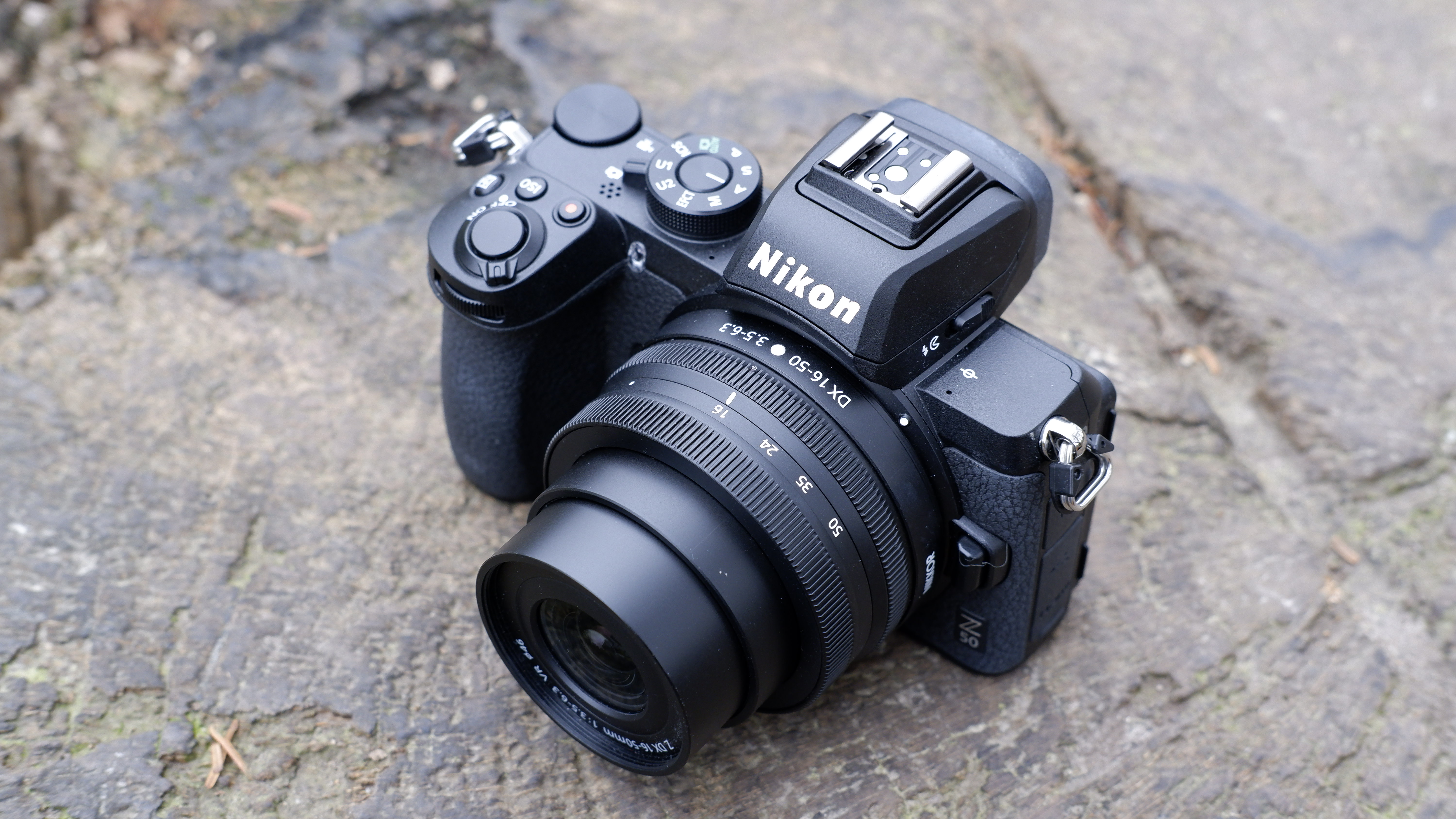
7. Nikon Z50
The fantastic 'mini DSLR' for travel photography
Sensor: 21MP APS-C CMOS | Lens: 16-50mm, f/3.5-5.6 | Monitor: 3.0-inch tilt-angle touchscreen, 1,040,000 dot | Viewfinder: EVF | Continuous shooting: 11fps | Movies: 4K 30fps | User level: Intermediate
The Nikon Z50 is a great option if you like Nikon and are after your first 'proper' camera. It works well as a travel camera and has a very comfortable button layout. The 3.2-inch screen can also flip underneath the body to compose selfies of an altogether higher class, although it and the tripod mount compete for space. At this point, not many lenses have been made specifically for the Z50’s DX format, but the range will naturally grow larger over time, and you can use those made for the full-frame Nikons too. We prefer the Sony A6500 for high-speed action shooting, but this is a good-value camera and generally a joy to use.
- Read our in-depth Nikon Z50 review

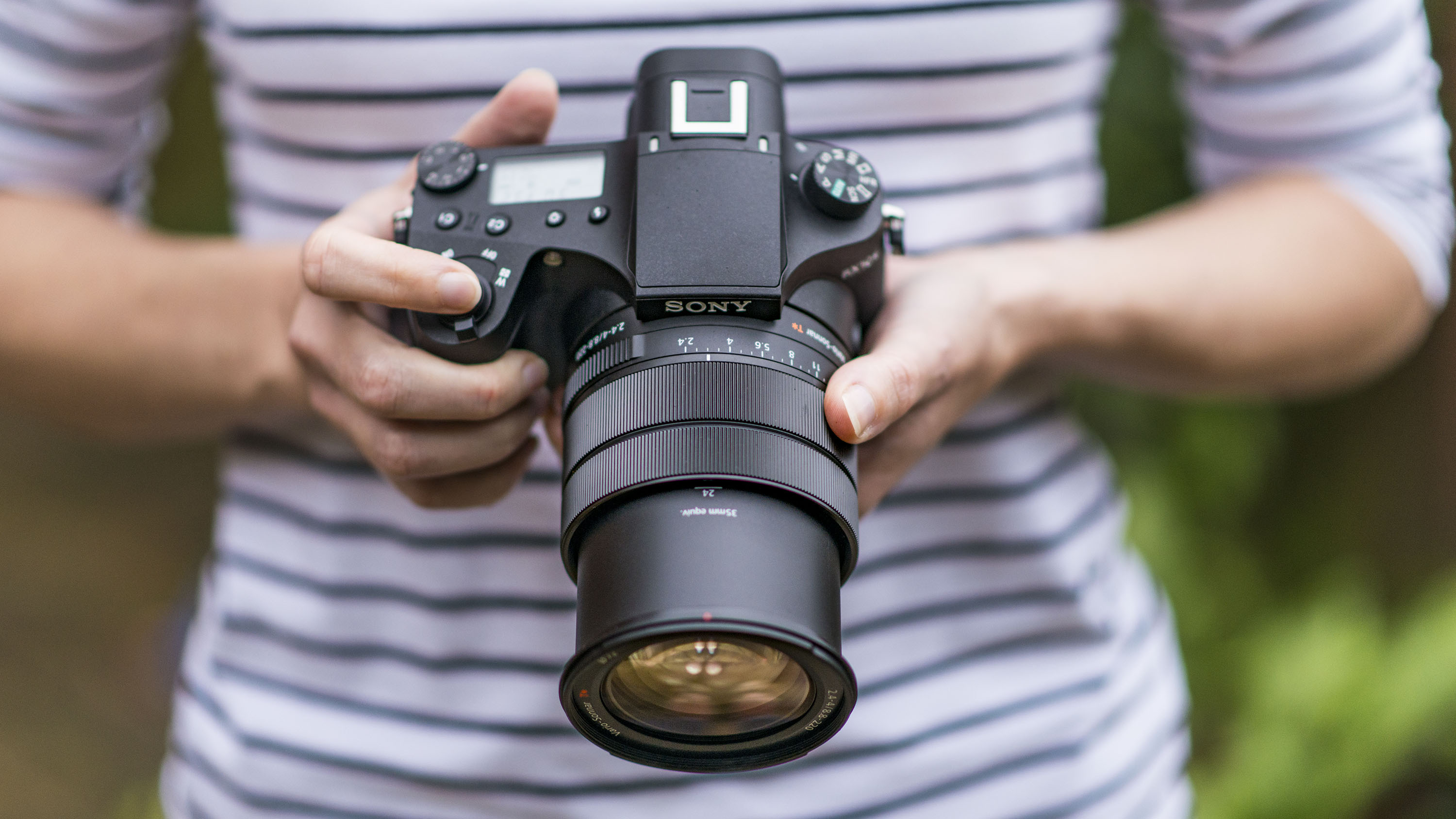
8. Sony Cyber-shot RX10 IV
Expensive, but in a league of its own - this is possibly the ultimate travel companion
Sensor: 1-inch type, 20.2MP | Lens: 24-600mm, f/2.4-4 | Monitor: 3.0-inch tilt-angle touchscreen, 1.44m dots | Viewfinder: EVF | Continuous shooting: 24fps | Movies: 4K | User level: Intermediate/Expert
In terms of offering something for everybody, the RX10 IV ticks a lot of boxes. It's like having a bag full of lenses, but with the benefit of never having to change them. There's a very long zoom, while the maximum aperture is pretty wide throughout the lens. The sensor might not be as a large as the ones you'll find on a DSLR/CSC, but Sony's 20.1MP one-inch device has proven itself to be very capable regardless. You also get 24fps shooting, cracking 4K video quality and handling to rival a DSLR. The major downside? The high price - if your budget is tighter, don't forget about this camera's predecessor, the RX10 III.
- Read our in-depth Sony Cyber-shot RX10 IV review

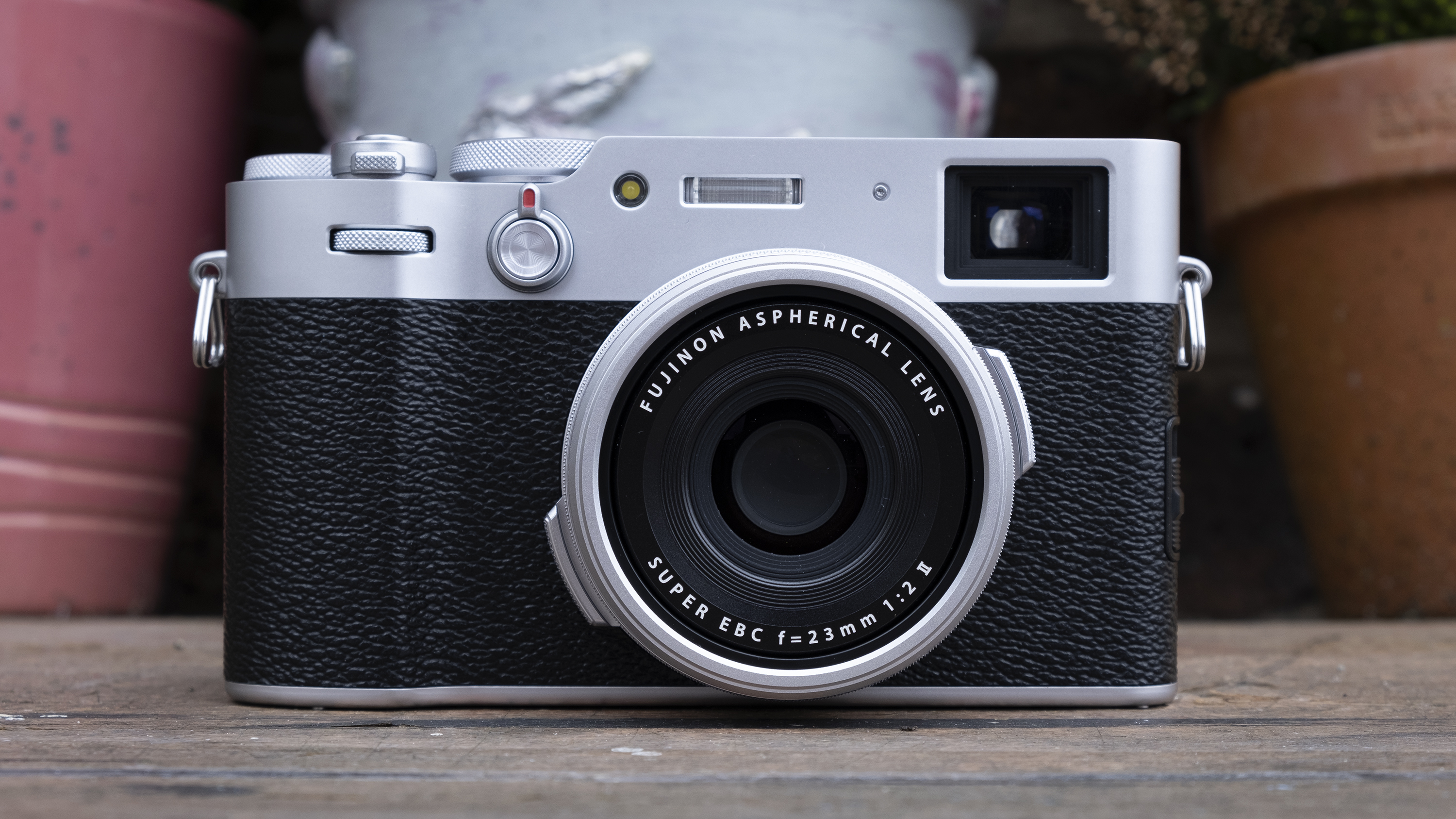
8. Fujifilm X100V
A niche but polished compact that’s perfect for the street
Sensor: 26.1MP X-Trans CMOS | Lens: 23mm, f/2 | Monitor: 3.0-inch tilt-angle touchscreen, 1.62m dots | Viewfinder: EVF | Continuous shooting: 11fps (mechanical), 30fps (electronic) | Movies: 4K | User level: Intermediate
A premium compact camera with a design inspired by 1950s analogue cameras and a fixed 23mm f/2 lens? Sounds like the very definition of niche. And yet, far from an anachronism, Fujifilm’s X100V is one of the best travel cameras you can buy.
For a start, it takes the small form factor that made the X100F before it so convenient to carry and adds a supremely useful tilting touchscreen. The advantages are gesture support and easier shooting at tight angles.
Inside, a new 26.1MP sensor and X-Processor 4 translate into improved autofocus, image quality and high ISO performance, building on what was already a fantastic shooting experience with the fixed aperture lens. Add in the option to shoot 4K/30p footage on the fly, as well as a higher resolution hybrid EVF, and you’ve got a properly capable pocket performer – provided you’re happy to pay a premium.
- Read our in-depth Fujifilm X100V review

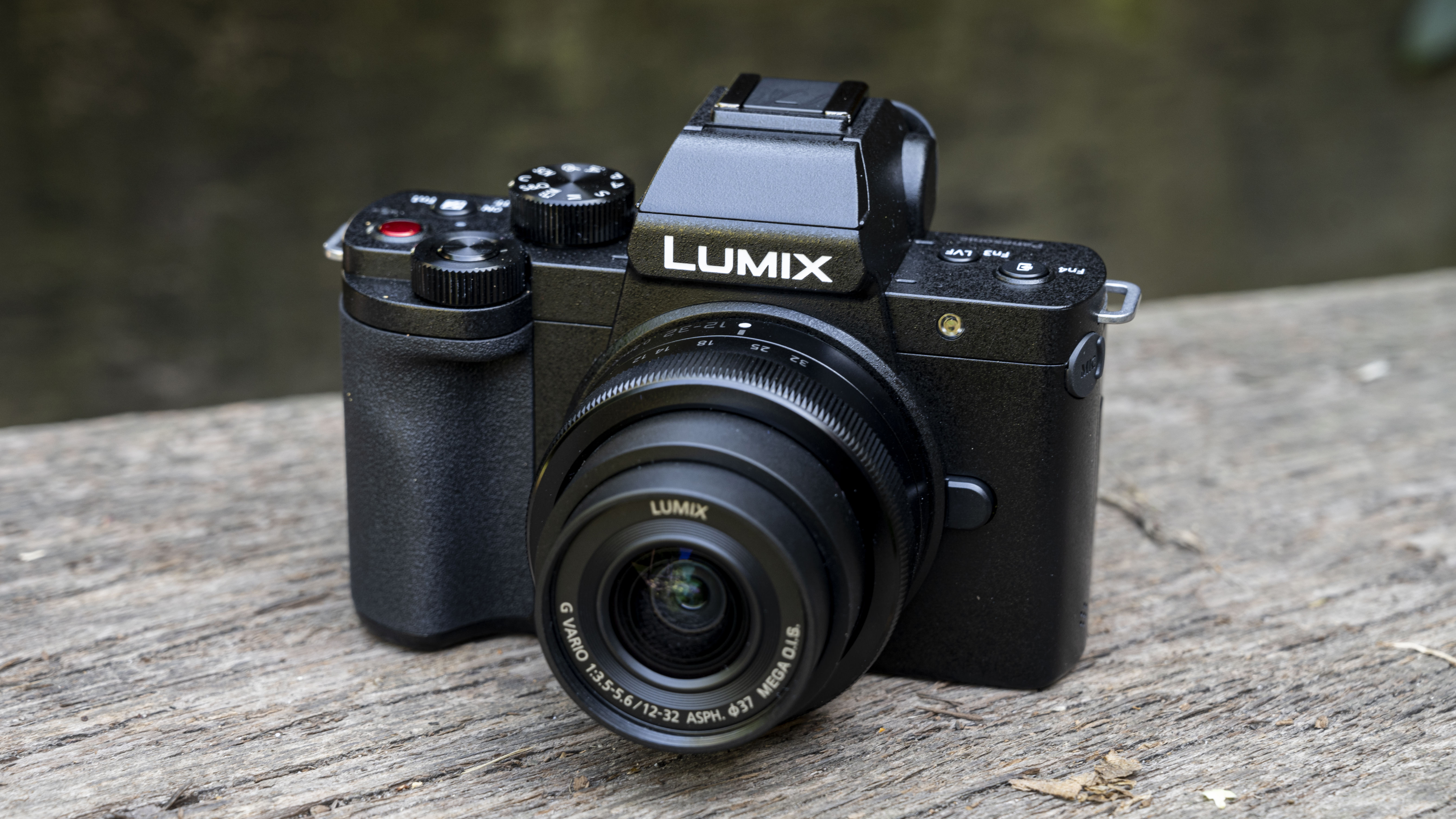
10. Panasonic G100
A great, viewfinder-equipped travel camera for video and stills
Type: Mirrorless | Sensor size: Micro Four Thirds | Resolution: 20.3MP | Lens: Micro Four Thirds | Viewfinder: EVF, 3.69million dots | Screen type: 3.0-inch vari-angle touchscreen, 1.84m dots | Maximum continuous shooting speed: 10fps (electronic shutter), 6fps (mechanical) | Movies: 4K/30/25/24p, FHD/60p/50/30/25/24p | User level: Beginner/Intermediate
If you're looking for a travel all-rounder with a built-in viewfinder and the option of changing lenses to suit different situations, then the new Panasonic G100 is well worth a look.
Considerably smaller than the Panasonic G95/G90, this Micro Four Thirds shooter is an excellent travel camera with a strong focus on vlogging. If you're mostly looking to shoot videos, then the Sony ZV-1 (below) is smaller and well worth a look, but what's great about the G100 is that it includes a superb 3.69-million dot electronic viewfinder (which is very handy for shooting in bright light) and is the first mirrorless camera to come with Nokia Ozo audio tech.
The combination of this with the G100's triple-microphone setup means it does an excellent job of isolating voices in noisy environments, which is ideal for video shooters who don't want to faff around with external microphones. It also has a fully articulating touchscreen and sits 20.3MP Four Thirds sensor takes great still photos too.
The downsides are that this sensor isn't quite as strong in low light as alternatives like the Nikon Z50 or Fujifilm X-T30 (see above), while the G100 also lacks USB-C charging and a headphone port. But aside from these niggles, it's a fine travel camera that benefits from the huge range of lenses that the Micro Four Thirds system has.
- Read our in-depth Panasonic G100 review

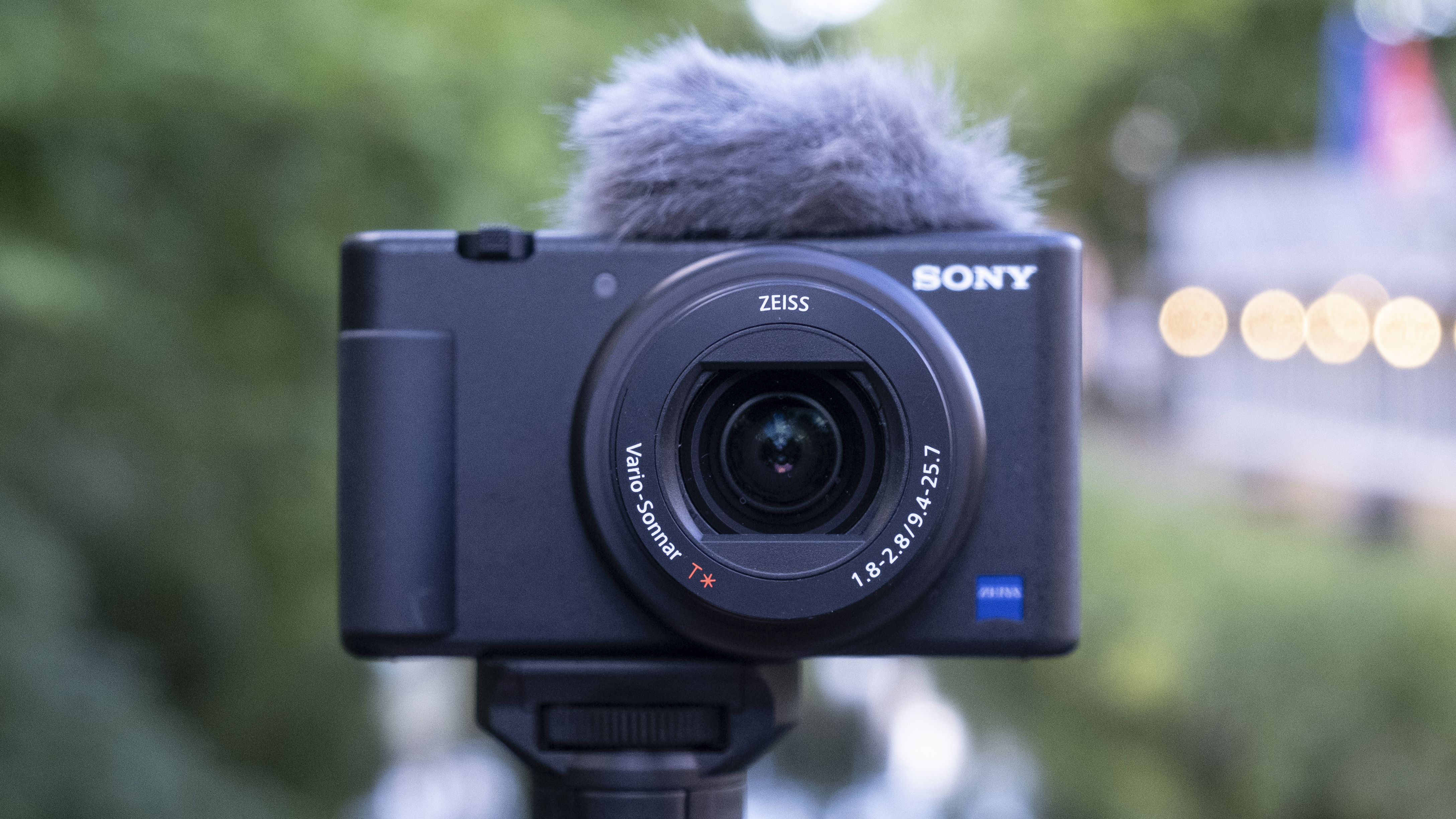
11. Sony ZV-1
A superb travel vlogging camera
Type: Compact | Sensor size: 1-inch | Resolution: 20.1MP | Lens: 24-70mm f/1.8-2.8 | Screen type: 3.0-inch vari-angle touchscreen, 921,600 dots | Viewfinder: None | Maximum continuous shooting rate: 24fps | Movies: 4K/30p | User level: Beginner/Intermediate
If you're looking to mainly shoot travel video rather than stills, then the Sony ZV-1 is the best pocketable option around. It combines the best video-focused features of Sony's RX100 series and adds its latest autofocus system, which is comfortably the best you can find in a compact camera. The lack of an electronic viewfinder means the ZV-1 is less convenient for stills shooters than the RX100 VII (see no.4), but it's still a capable smartphone backup thanks to its 20.1MP 1-inch sensor. It's video where the ZV-1 really shines, though, with its bright 24-70mm f/1.8-2.8 lens and Real-time Eye AF perfect for shooting professional, smartphone-beating vlogs. A 3.5mm microphone jack also means you can get audio quality to match the video too, while a built-in hotshoe is on hand to help you mount accessories.
- Read our in-depth Sony ZV-1 review

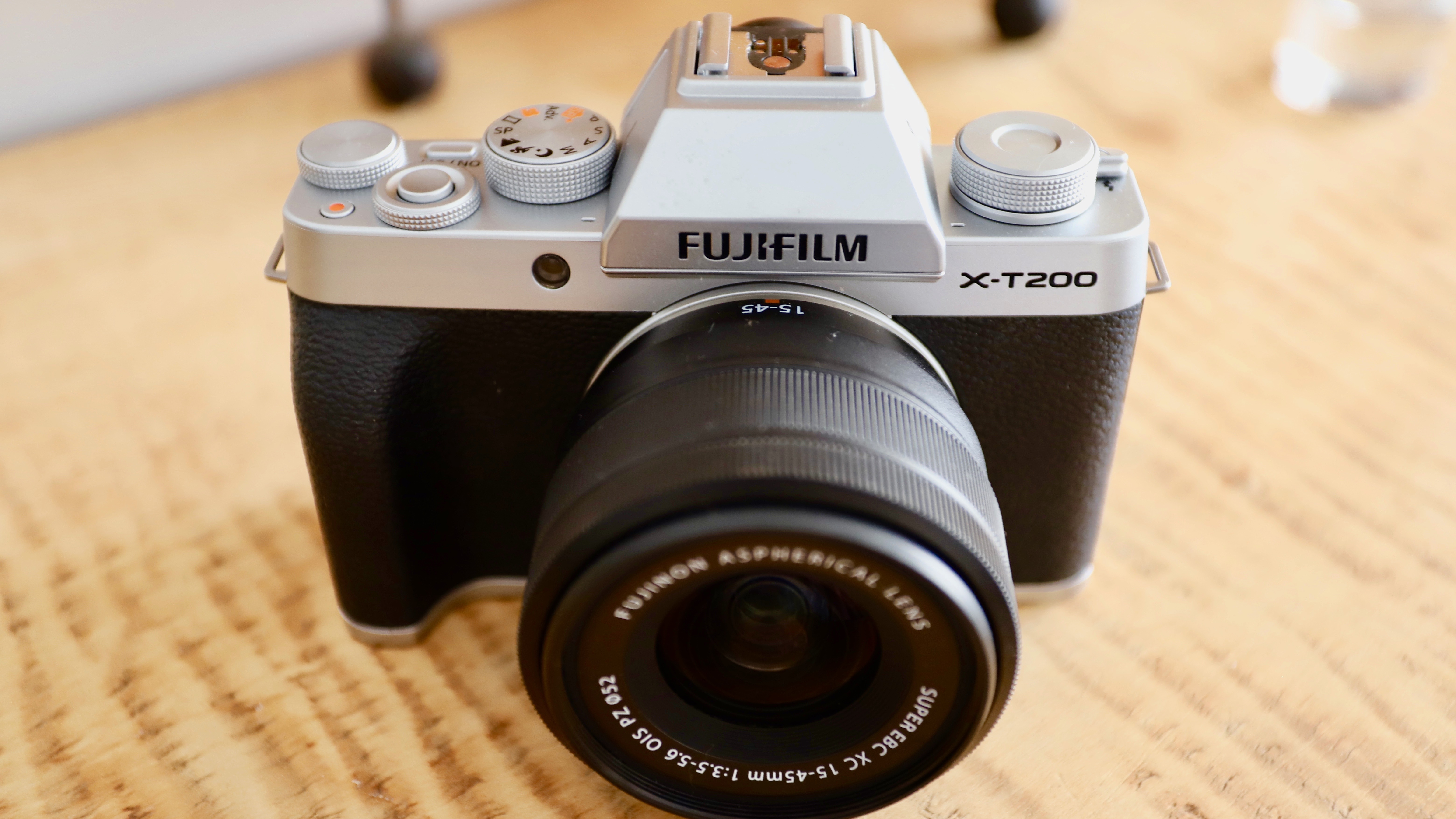
12. Fujifilm X-T200
An entry-level camera with video skills and a viewfinder
Sensor: 12MP, 1/2.3 inch | Lens: 24-75mm f/1.7-2.8 | Monitor: 2.0-inch fixed touchscreen | Viewfinder: NA | Continuous shooting: 30fps | Movies: 4K 60fps | User level: Beginner/intermediate/expert | Sensor: 24.2MP APS-C CMOS | Lens: N/A | Monitor: 3.5-inch vari-angle touchscreen, 2.78m dots | Viewfinder: 2.36m OLED EVF | Continuous shooting: 8fps | Movies: 4K/30p | User level: Beginner
Fujifilm’s second entry-level X series model is a major improvement to its predecessor. While it might not quite rival the pricier X-T30 (see above), the pared-back X-T200 is a versatile and accessible option for jet-setters. Both the APS-C CMOS sensor and processor have been upgraded, unlocking 8fps continuous shooting and the option to capture 4K footage at 30fps. There’s also a new ‘digital gimbal’ which deftly stabilizes video, but only up to 1080p. Physically, the X-T200 retains the retro style of the X-T100, while offering a beefier, more comfortable grip. The touchscreen has grown to a generous 3.5 inches, too, though at the expense of convenient joystick placement. Viewfinder fans will welcome the sharp OLED EVF, even if an unreliable eye sensor often makes the screen a more appealing option for framing. As for image results, dynamic range is good and color reproduction excellent, aided by a 256-zone metering system, with plenty of detail and decent noise handling. Subject tracking isn’t available for video, but the hybrid AF system performs well when shooting stills, with spot-on face detection. Easy to use yet capable of delivering marvelous results, the X-T200 ticks a lot of boxes for travelers.
- Read our in-depth Fujifilm X-T200 review

Alternatively...
These cameras are slightly different to the more traditional models in our list – if your main priority is waterproofing or video quality, then the GoPro Hero 8 Black and Olympus TG-6 are well worth considering:
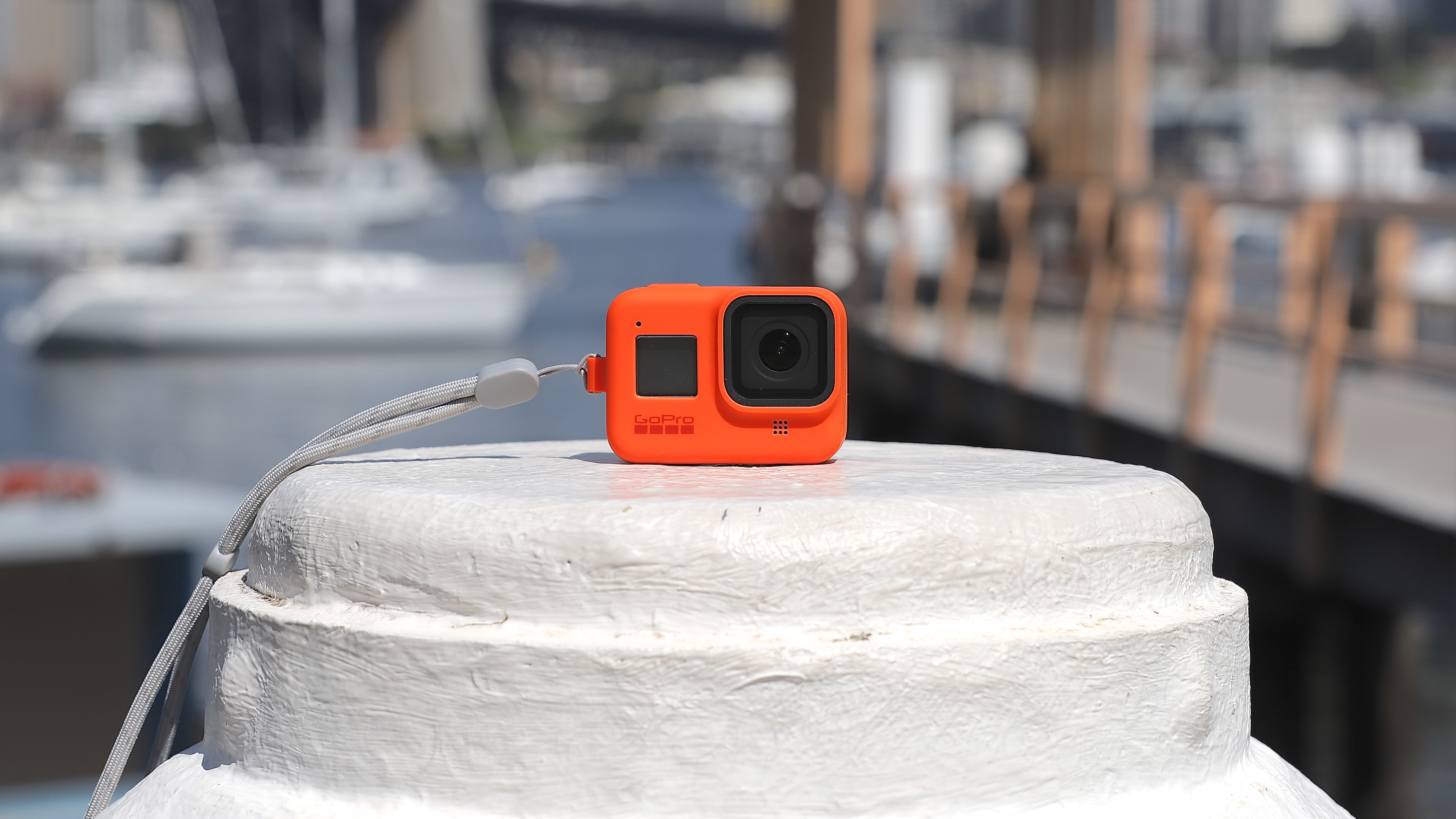
GoPro Hero 8 Black
Great for video and capable of taking decent stills too
Sensor: 12MP, 1/2.3 inch | Lens: 16mm f/2.8 | Monitor: 2.0-inch fixed touchscreen | Viewfinder: NA | Continuous shooting: 30fps | Movies: 4K 60fps | User level: Beginner/intermediate/expert
If video quality is your main priority in a travel camera, then it's well worth considering this GoPro. It may have been succeeded by the newer GoPro Hero 9 Black, but if you don't need that model's front-facing screen for vlogging, it's the better value option for travelers. The Hero 8 Black uses the same sensor and a similar lens arrangement to the previous Hero 7 Black, but there are some fairly significant changes. The camera has built-in mount fingers, so a shell is no longer needed. Video stabilization is also excellent and you can use the Hypersmooth judder-buster in nearly all modes. If you're doing something really extreme, the Boost stabilization feature crops further into the view for even more effective smoothing.
- Read our in-depth GoPro Hero 8 Black review
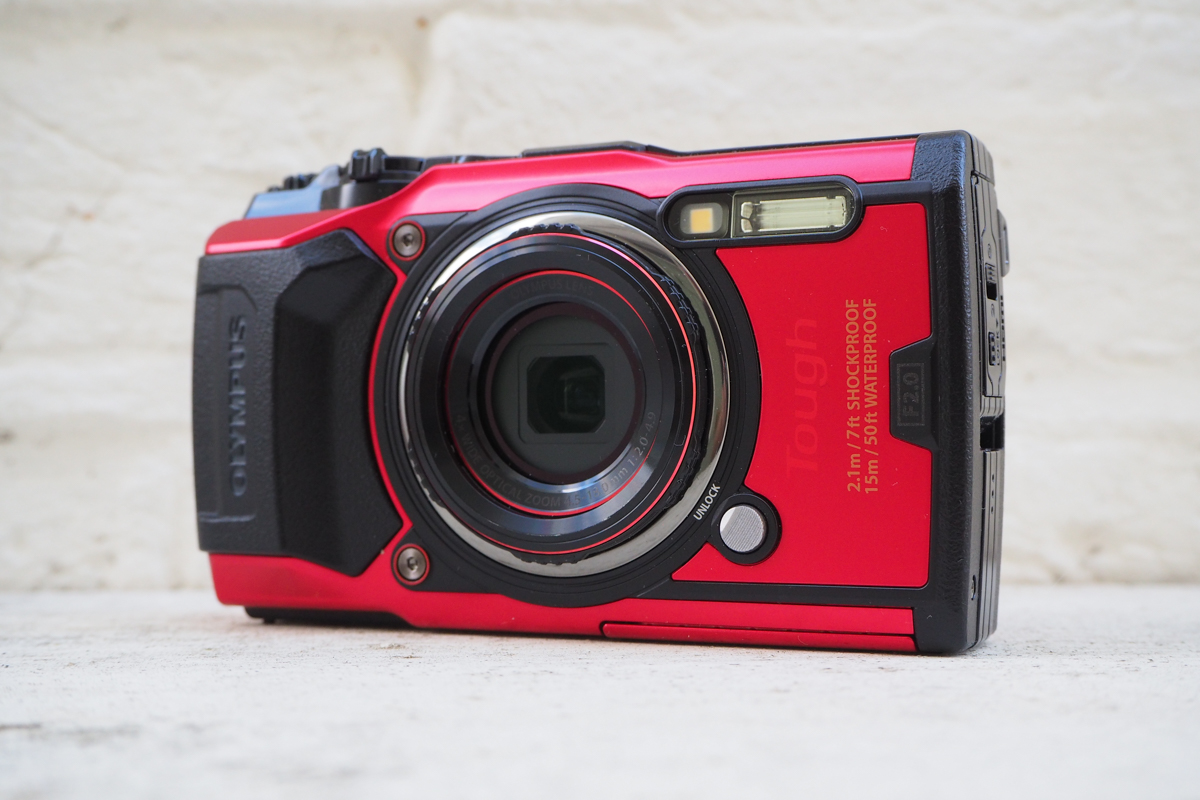
Olympus TG-6
The zoom isn't huge but this compact can go where others fear
Sensor: 1/2.3-inch, 12MP | Lens: 25-100mm | Monitor: 3-inch, 460,000 dots | Viewfinder: No | Continuous shooting: 20fps | Movies: 4K | User level: Beginner/intermediate
Not all holidays and stretches of travel are all about capturing wide-angle vistas and subjects in the distance. For some photographers, having a camera that can withstand being dropped, knocked, splashed or frozen would be more appropriate, and that's precisely what the Olympus TG-6 offers. In addition to its rugged credentials, the camera offers 4K video recording, built-in Wi-Fi and a ring of LED lights around its lens to throw plenty of light on close-up subjects. There's even the option to capture raw files.
- Read our in-depth Olympus TG-6 review
How to choose the best travel camera for you
Need a bit more guidance on how to decide the right type of travel camera? Have a think about the following options:
Travel Zoom Compact
These small pocket-friendly cameras give you great scope for shooting lots of different kinds of subject, with a zoom lens that gets you close to the action, as well as giving you the opportunity to shoot nice and wide. The trade off for having all of this in a neat compact size is generally a smaller sensor which is less useful for shooting in low light.
Premium Compact
If you want to stay pocket friendly, but you’re happy to lose the ultra long zoom, think about a premium compact. These generally pack a one-inch sensor for better image quality, but will normally have a shorter zoom. Some may give you both - but you’ll pay a very high price for it.
Bridge Camera
A bulkier option than a standard compact camera, but with better scope for zooming, a bridge camera is also ideal for those who like more intuitive and comfortable handling. They’ll usually have a solid grip, decent electronic viewfinder and a flexible screen. You get many of the benefits of having a bag full of lenses, but without the extra luggage.
Mirrorless / Compact System Camera
This is the option if you want the best possible image quality and you’re prepared for a little bit of hassle. With lots of different lenses to choose from, you can pack different optics depending on the type of trip you’re on, or pack a good all-round lens and not worry too much about swapping optics. You’ll have the best possible handling, too as well as plenty of advanced options.
Many of the current compact system cameras on the market have been specifically designed with travel in mind - and are as small as possible. We’ve included some of the best options here.
If you’re still unsure about which kind of camera you need, check our step-by-step guide: What camera should I buy? Alternatively, if you’re going to be by the pool or on the beach, you might want something a bit more rugged – in which case, take a look at our best waterproof camera and best action camera guides.
from TechRadar - All the latest technology news https://ift.tt/2U81U6y
via IFTTT
0 التعليقات: